Next Home First-Time Homebuyer Assistance Programs
Next Home: Indiana’s Bridge From Renting to Owning
Dreaming of a place that’s truly yours, yet worried that today’s housing market will gobble up your savings before you find the front door? Next Home, Indiana’s flagship assistance program, may be the helping hand you’ve been waiting for. In a matter of weeks, it can convert your “some-day” home search into a signed deed backed by an affordable mortgage and down-payment funds.
Below is a detailed, SEO-optimized guide—sprinkled with real-world stories, fresh statistics, and answers to the questions first-time buyers ask Google every single day. Let’s unlock that door.
How Does the Indiana Next Home Program Work?
The Indiana Next Home program is run by the Indiana Housing & Community Development Authority (IHCDA). Think of IHCDA as a backstage crew that subsidizes the cost of admission to homeownership. Here’s the process in plain English:
- 30-Year Fixed Mortgage – IHCDA partners with approved lenders to lock in predictable, fixed-rate loans. No balloon payments lurking on page 28 of your paperwork.
- Down-Payment Help – Up to 3.5% of the purchase price is available as a forgivable second mortgage. Stay in the home nine years, and the balance melts away like snow in April.
- First-Time or Not – While designed with novices in mind, Next Home assistance is also open to buyers who have owned before, as long as they do not own another primary residence at closing.
- Conventional, FHA, VA & USDA Options – Choose the loan type that best matches your credit profile and down-payment goals.
The result? You walk away with lower out-of-pocket costs and a payment plan that won’t hijack your monthly budget. According to IHCDA’s 2022 annual summary, more than 3,100 Hoosier households leveraged state homeownership programs; roughly one in three used Next Home mortgage products, trimming average upfront costs by nearly $4,800.
Who Qualifies for Next Home in Indiana?
Eligibility sounds tricky, but it boils down to four pillars:
- Income Limits – Household earnings must fall below county-specific thresholds. For instance, in Marion County the 2023 cap tops out near $102,000 for a family of three. Rural counties tend to sit $10-15k lower.
- Purchase Price Limits – IHCDA also sets ceilings on property cost (roughly $375,000 in most metro counties). These figures adjust annually; always verify with your lender.
- Credit Score – Most participating lenders require at least a 640 FICO for FHA/VA/USDA or 680 for conventional. Some forgive minor blemishes if you attend an approved home-buyer class.
- Owner-Occupancy – You must live in the home as your principal residence within 60 days of closing.
Completing an online or in-person home-buyer education course is also mandatory. Don’t see it as homework—see it as a crash course in protecting your single largest investment.
How Much Down-Payment Assistance Can I Get?
Next Home Indiana offers a forgivable second mortgage equal to up to 3.5 % of your purchase price. Translation: buy a $250,000 starter home, and you can pocket up to $8,750 in assistance. Here’s the math in action:
| Home Price | Max Assistance (3.5 %) | Forgiven After 9 Years? |
|---|---|---|
| $200,000 | $7,000 | Yes |
| $250,000 | $8,750 | Yes |
| $300,000 | $10,500 | Yes |
The assistance sits in second position behind your main mortgage but requires no monthly payment. Stay put nine years and it evaporates. If you sell earlier, you’ll repay a sliding portion—so factor that into long-term plans.
A Quick Story From Fort Wayne
Monica and Alex, newlyweds juggling student loans and daycare bills, assumed homeownership was a five-year dream. Their lender introduced Next Home. By pairing a USDA loan with 3.5% assistance, their out-of-pocket cost shrank to $1,400. They now spend $50 less per month on their mortgage than they used to pay in rent. When asked what made the difference, Alex quipped, “The program paid our down payment so we could pay for a crib.” It’s a tiny anecdote, but it echoes the experience of thousands across Indiana.
Is Next Home Only for First-Time Buyers?
Here’s a surprise: not necessarily. The term “first-time” in housing policy often means “no ownership in the past three years.” Yet Next Home goes a step further by allowing anyone who does not own a primary residence at the time of closing. That widens the gate for:
- Divorcees re-entering the market
- Homeowners who sold a prior house years ago
- Families relocating from out of state
You still need to meet income, credit, and purchase price rules, but prior ownership alone will not slam the door shut.
7 Reasons Next Home Outshines Private Down-Payment Loans
- Forgiveness After Nine Years – Most private DPA loans demand repayment plus interest.
- No Monthly Payment – You’re not stacking another bill on top of your mortgage.
- Fixed Rates on First Mortgage – Goodbye, adjustable-rate surprises.
- Multiple Loan Types – Conventional, FHA, VA, or USDA, one size rarely fits all.
- State Oversight – Programs vetted by public agencies usually feature transparent fees.
- Education Component – A two-hour class today can prevent a foreclosure tomorrow.
- Combination Potential – Pair it with local employer grants or MCC tax credits to multiply savings.
Frequently Asked Questions
- What credit score is needed for Next Home?
- Most lenders want a 640 for government-backed loans and 680 for conventional. Some flex if you show strong compensating factors.
- Can I combine Next Home with other grants?
- Yes. County-level funds, employer-assisted housing, and Mortgage Credit Certificates often layer smoothly with IHCDA’s program. Confirm with your lender first.
- Does Next Home cover closing costs?
- The 3.5 % assistance can be applied toward closing costs after the minimum down payment is met, but it cannot exceed the cap.
- Is there a penalty for selling before nine years?
- You’ll repay a prorated share of the assistance. Sell in year five, and roughly 4/9 of the original amount remains due at closing.
Your 5-Step Roadmap to Claim Next Home Assistance
- Pull Your Credit – Know where you stand; fix minor errors quickly.
- Compare Approved Lenders – IHCDA lists dozens statewide—pick one that answers emails after 5 p.m.
- Secure Pre-Approval – A letter in hand turns Sunday open houses into serious negotiations.
- Complete Home-Buyer Education – Online modules or in-person workshops usually cost under $100.
- Close & Celebrate – Sign, snap a photo with an oversized key, and start planning the housewarming barbecue.
Ready to Unlock Your Front Door?
You’ve toured the guidelines, crunched the numbers, and pictured your couch under that vaulted ceiling. Now it’s time to act. Schedule a 15-minute discovery call with our Indiana-licensed mortgage advisors; we’ll confirm your eligibility, run real-time rate scenarios, and connect you with an agent who knows every street from South Bend to Evansville.
Stop feeding the landlord’s piggy bank. Let Next Home—and our expert team—turn your next rent payment into the down payment on your own home.
Explore More Blog Posts
Checkout more similar posts those will help you to choose better property.
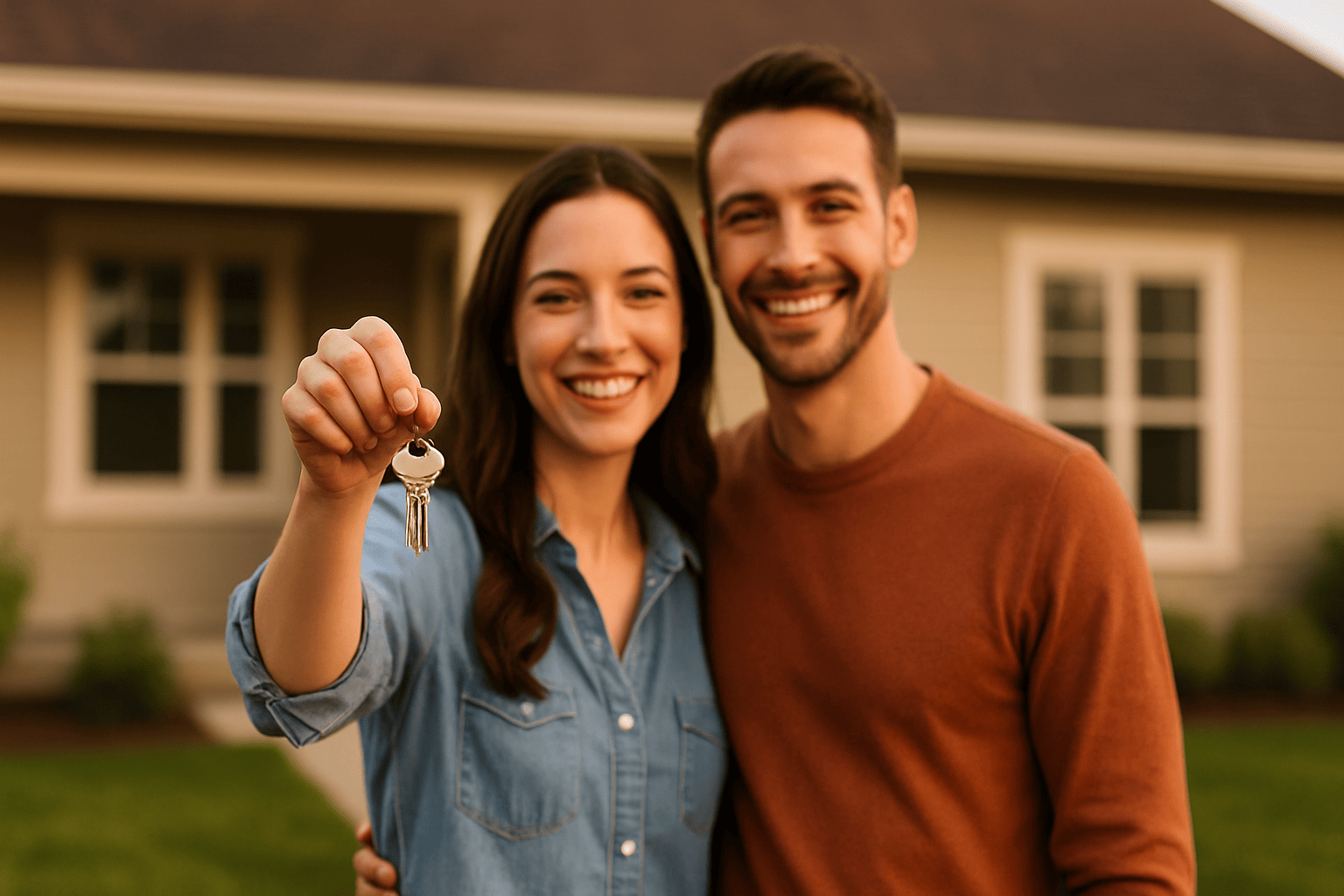
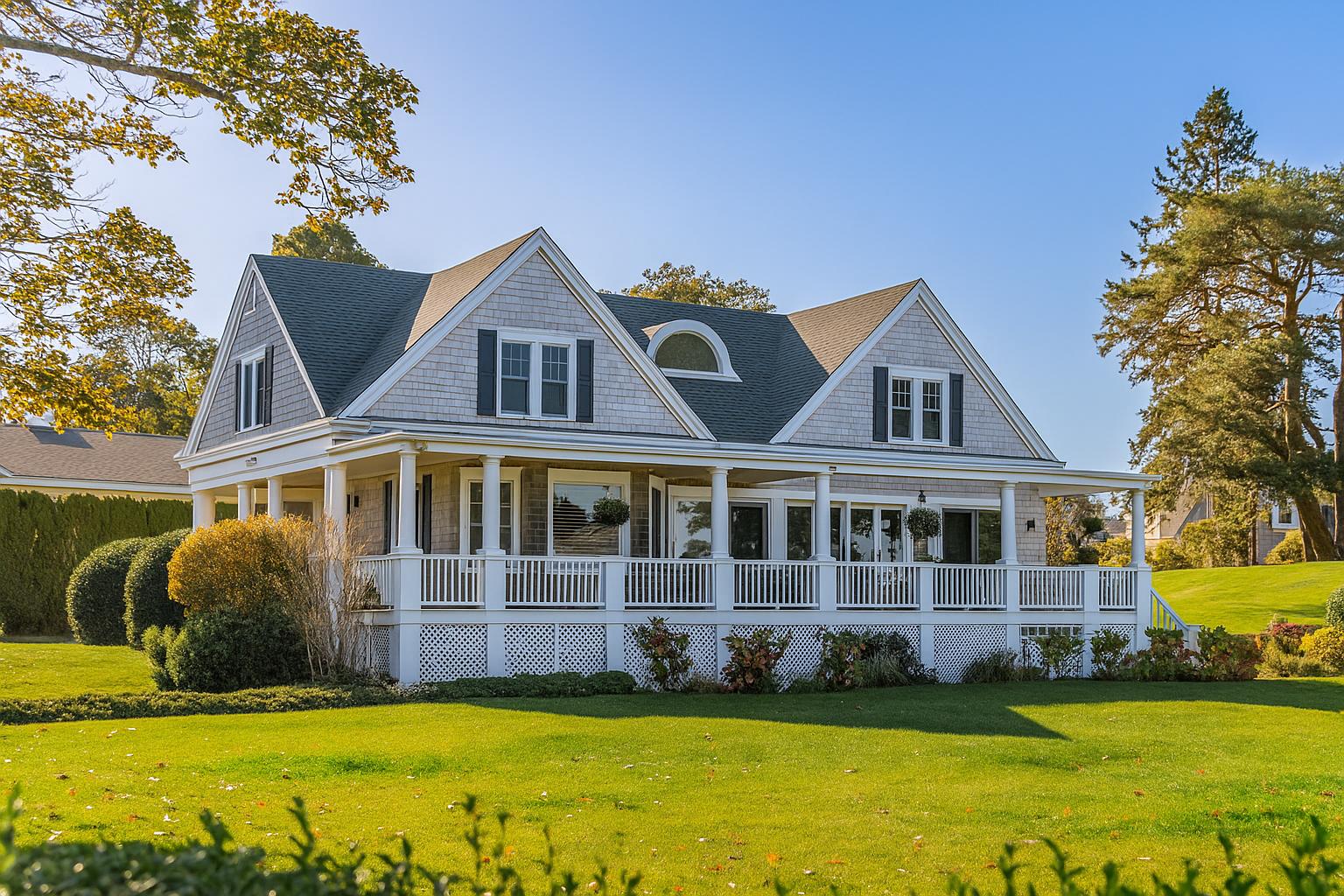
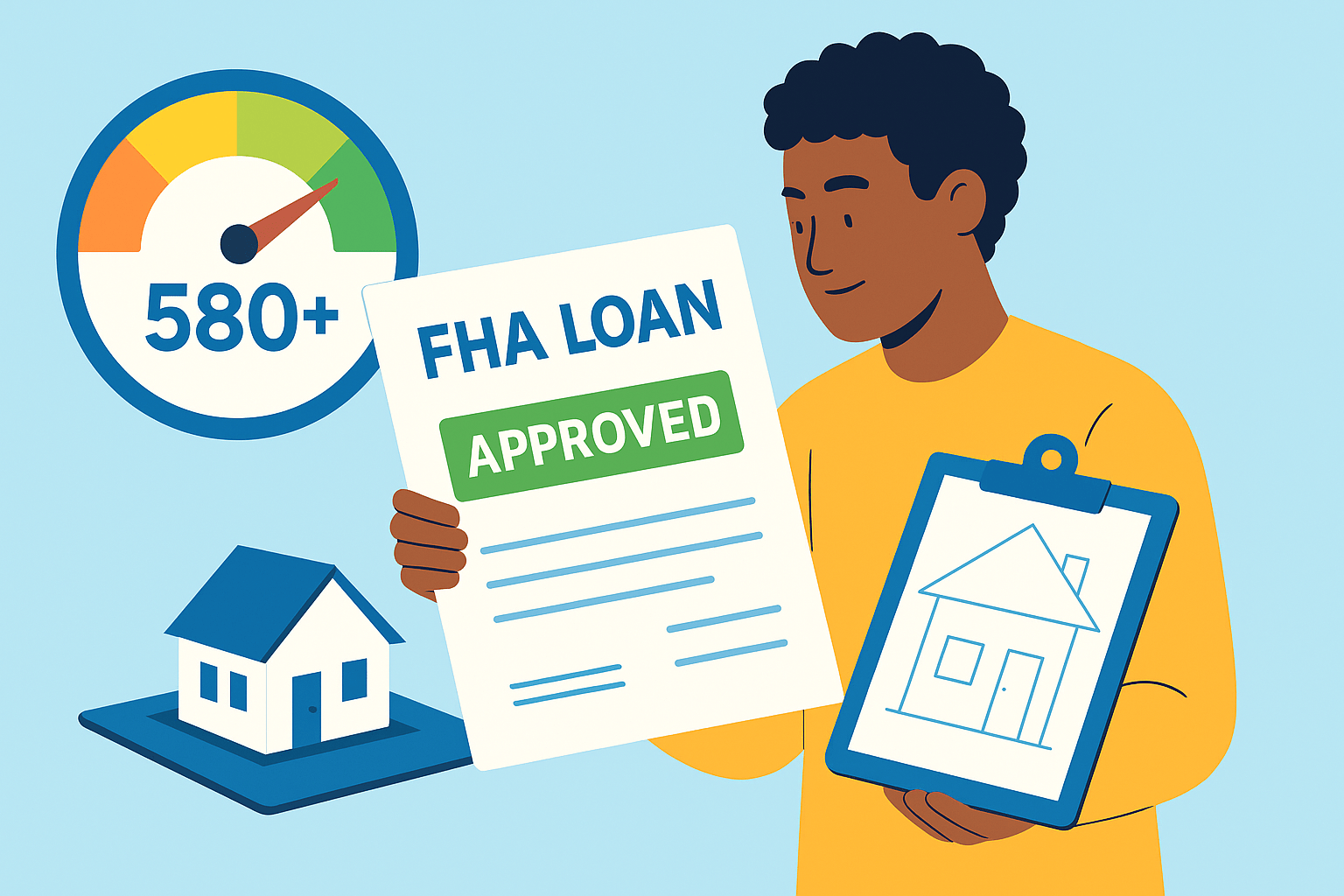
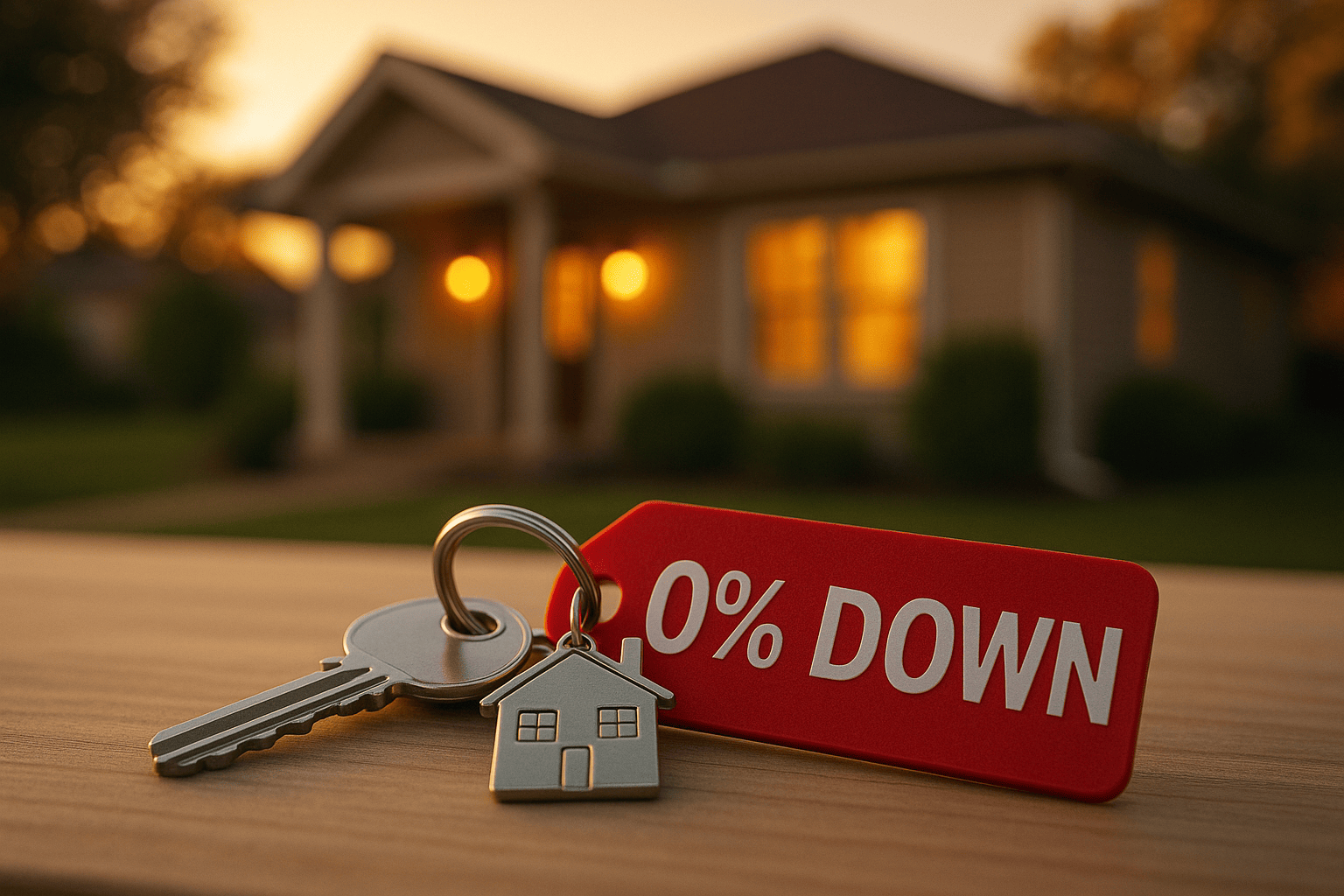
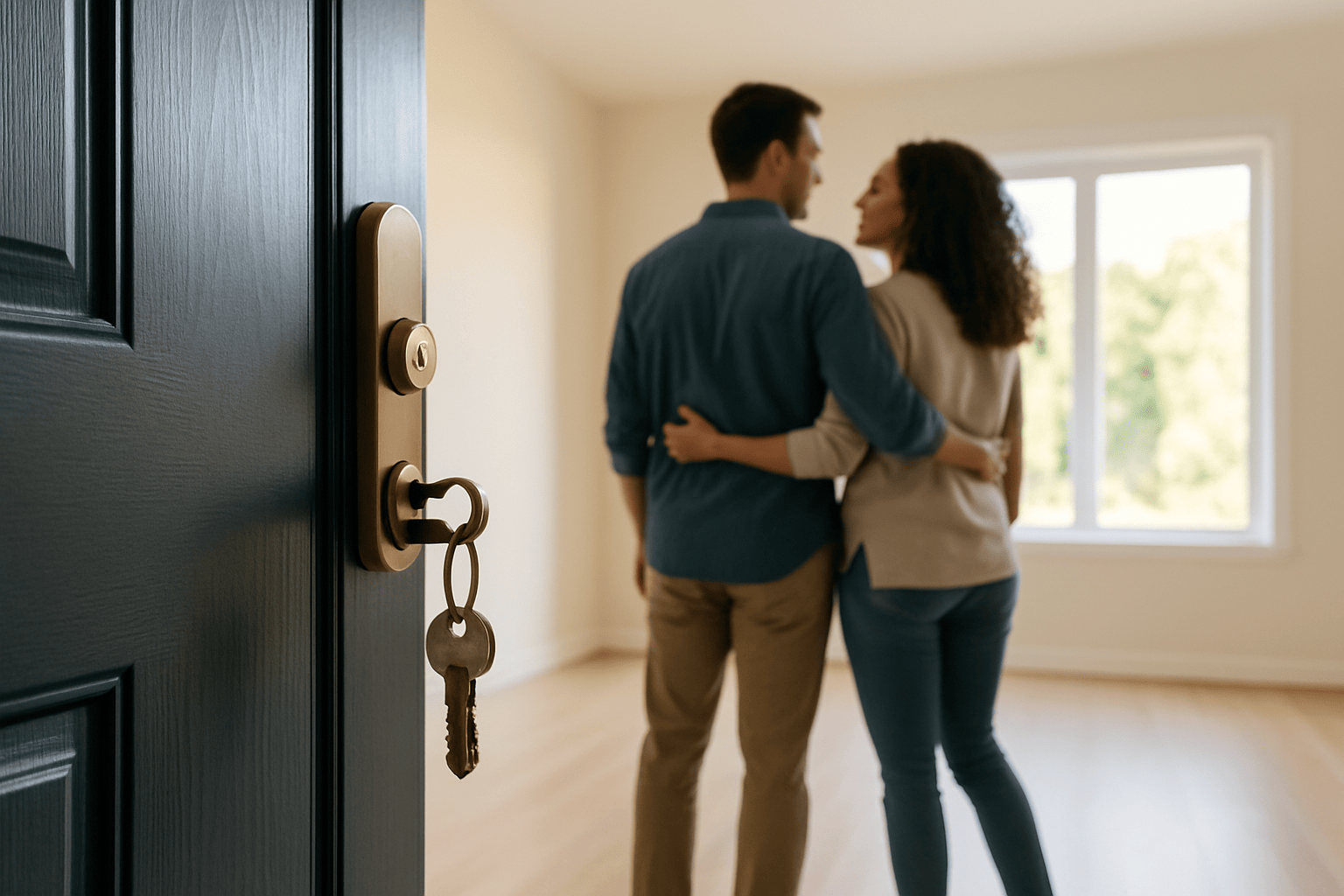
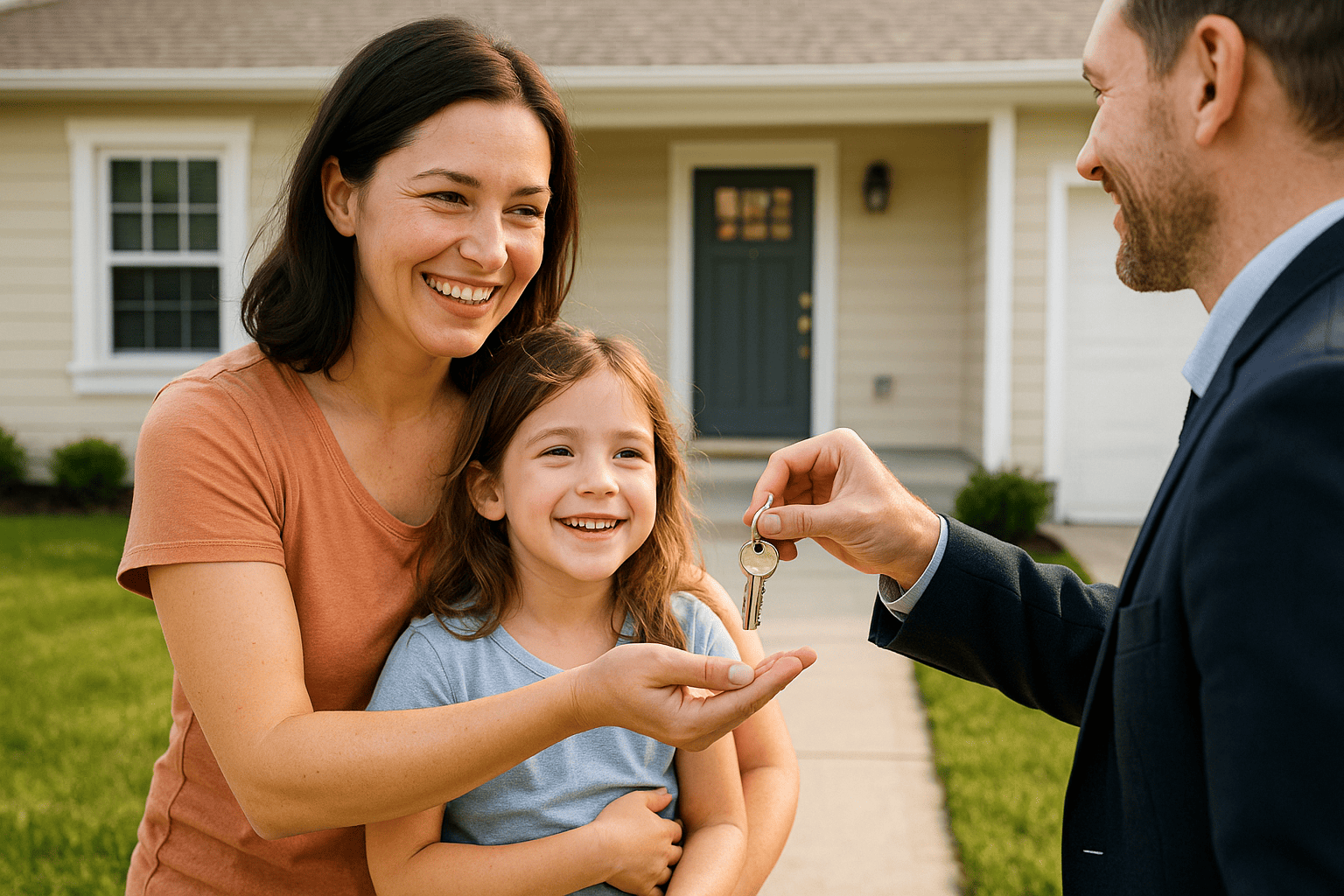


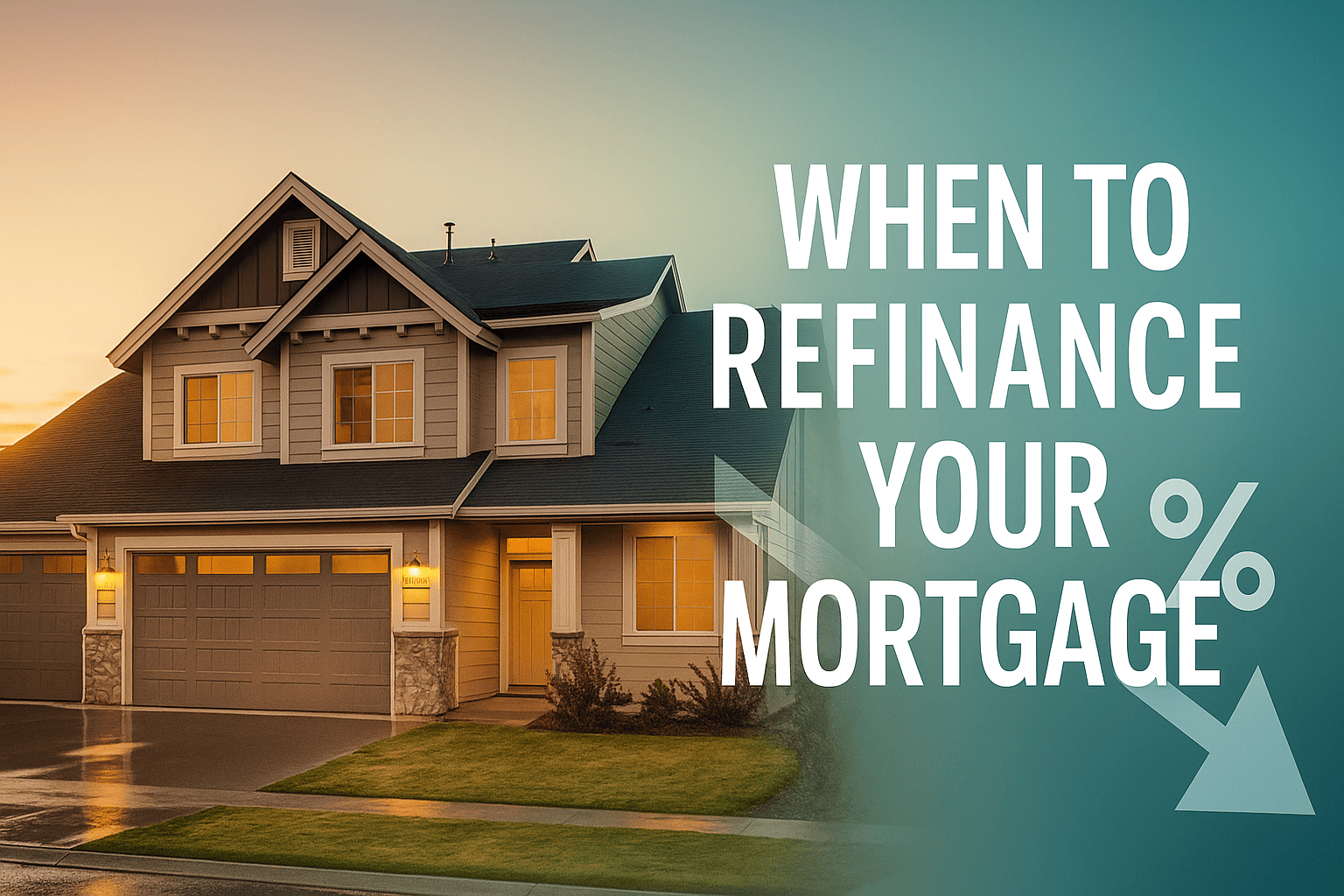
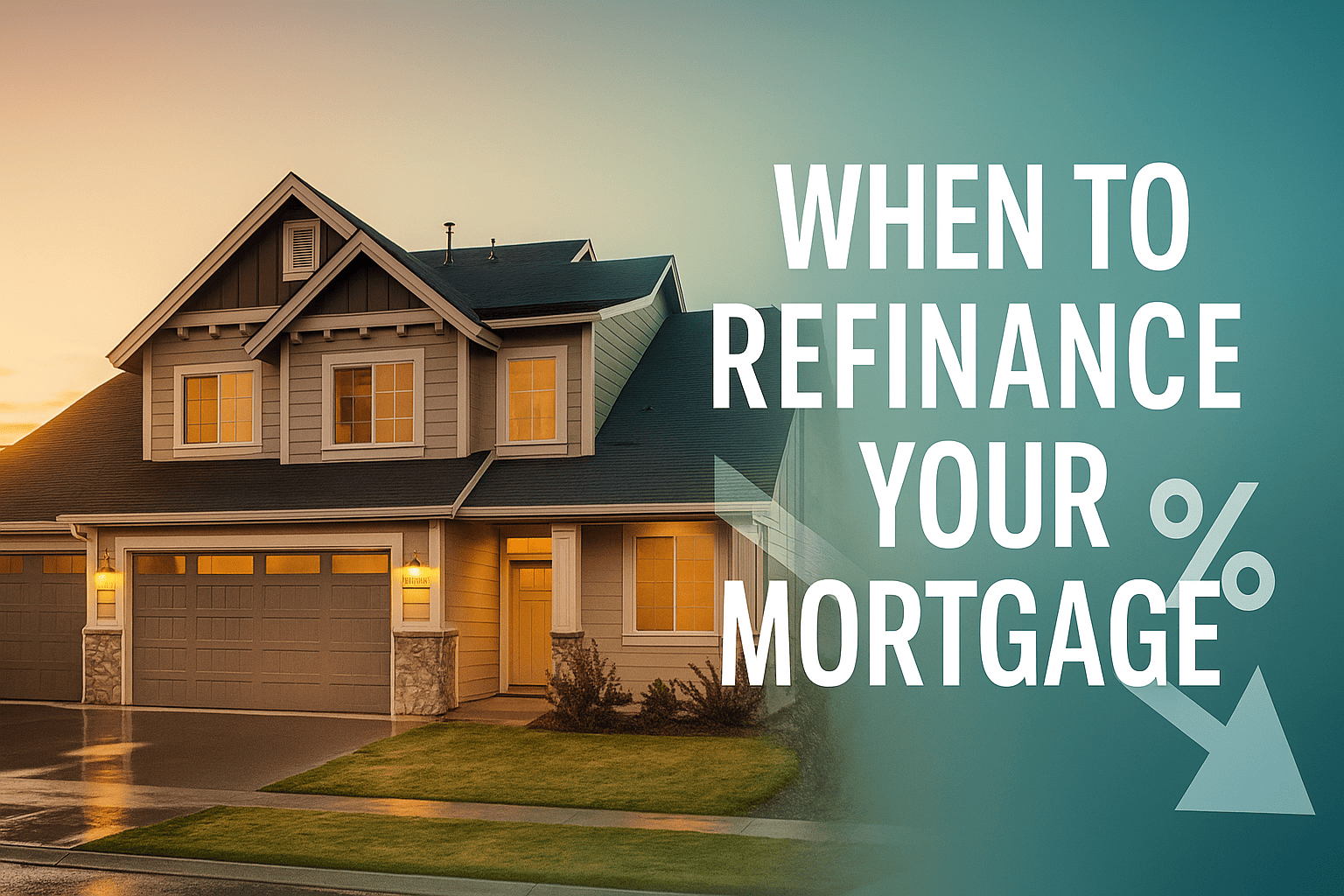


 Profile
Profile Password
Password Saved Properties
Saved Properties Sign Out
Sign Out
 +0.01
+0.01
 -0.15
-0.15

